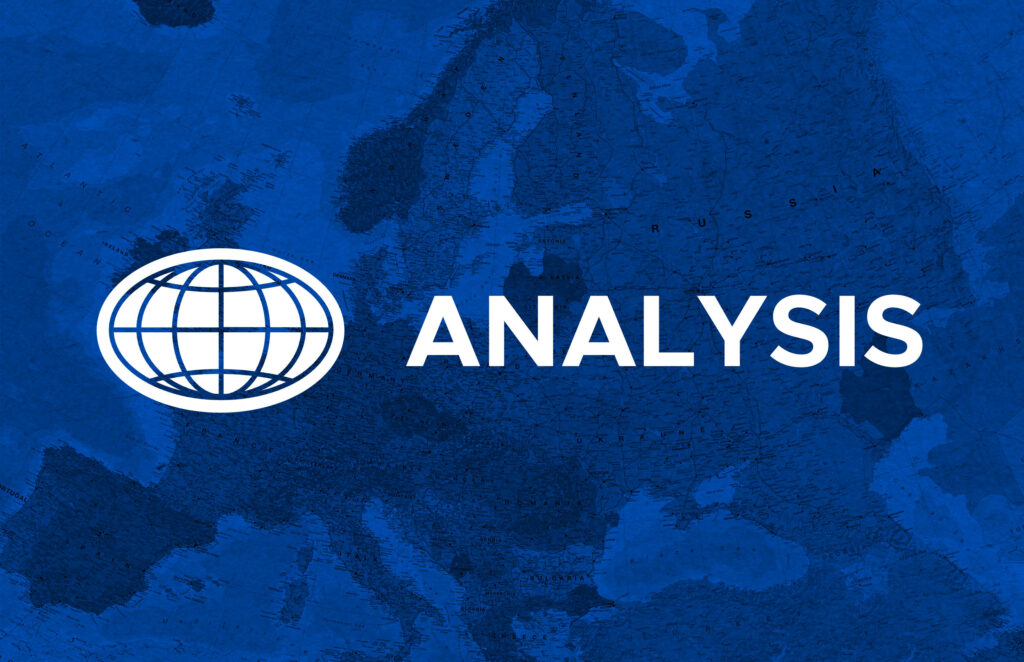Russia’s invasion of Ukraine cost the EU €850 billion

When Russian forces crossed into Ukraine in February 2022, the geopolitical shockwaves were immediate. Beyond the battlefield, the European Union has borne a wide array of economic consequences: direct financial support to Ukraine, soaring energy and food prices, disrupted trade, and the need to ramp up defense spending. While these costs are spread across different sectors and budgets, it’s now possible to assemble a grounded, prudent estimate of the total economic burden faced by the EU from 2022 to 2025.
1. Direct Assistance to Ukraine
Between 2022 and 2025, the EU and its member states have committed unprecedented levels of aid to Ukraine. According to the European External Action Service (EEAS), as of early 2025, the total assistance includes:
- Financial and humanitarian aid: Approximately $73 billion, including macro-financial assistance, emergency funds, and reconstruction support.
- Military aid: Around $53 billion from both the EU budget and bilateral contributions from member states.
- Support for Ukrainian refugees: Estimated at $18 billion, based on refugee integration programs, housing, healthcare, and education.
- Ukraine Facility (2024–2027): A financial package worth $54 billion, of which we conservatively allocate half ($27 billion) to the 2022–2025 period.
Total Estimate for Assistance to Ukraine: $171 billion
2. Inflationary Pressures: Energy and Food
The EU’s dependence on Russian fossil fuels made the continent particularly vulnerable to energy shocks following sanctions and the disruption of gas flows.
- Energy Costs: According to data from Eurostat and Bruegel, wholesale gas prices spiked nearly 15-fold in 2022 before stabilizing in 2023. EU governments spent heavily on energy subsidies and diversification strategies, including importing liquefied natural gas (LNG) from the U.S. and Qatar. A reasonable aggregate cost for the energy shock, including household and industrial energy bills and state interventions, is around $250 billion over the 2022–2023 period.
- Food Inflation: Ukraine and Russia are key exporters of wheat, corn, and sunflower oil. Disruptions in supply chains pushed food prices higher across Europe. Based on OECD estimates and national food subsidy programs, the additional cost burden is estimated at $50 billion.
Total Estimate for Inflationary Costs: $300 billion
3. Lost Economic Opportunities
Indirect costs are harder to pin down but arguably just as significant. The war undermined confidence, disrupted trade, and shifted investment priorities:
- Slower GDP Growth: The European Commission revised GDP growth forecasts downward for 2022 and 2023, with notable slowdowns in Germany, Italy, and Eastern Europe. Estimating the GDP shortfall compared to pre-war trajectories suggests a cumulative loss of $150 billion.
- Trade with Russia: Trade volumes between the EU and Russia plummeted due to sanctions. The EU lost a key market for exports and had to reconfigure imports. Based on historical trade data, the lost trade opportunity is estimated at $50 billion.
- Foreign Direct Investment (FDI) and Capital Flows: Investor caution due to geopolitical risk, particularly in Central and Eastern Europe, has suppressed capital flows. Lost or delayed investments are estimated at $50 billion.
Total Estimate for Lost Opportunities: $250 billion
4. Other Indirect Costs
Some costs, while less visible, still weigh heavily on national and EU budgets:
- Defense Spending: Several EU countries, including Germany and Poland, have announced large increases in defense budgets. Not all of this can be attributed to Ukraine, but a conservative estimate of $100 billion is reasonable.
- Administrative and Logistical Costs: Managing sanctions, customs changes, financial monitoring, aid distribution, and refugee processing carries a significant overhead. An estimated $30 billion is allocated here.
Total Estimate for Indirect Institutional Costs: $130 billion
Summary of Estimated Costs (2022–2025)
| Category | Estimated Cost (USD) |
|---|---|
| Assistance to Ukraine | $171 billion |
| Inflationary Costs | $300 billion |
| Lost Economic Opportunities | $250 billion |
| Other Indirect Costs | $130 billion |
| Total Estimated Cost | $851 billion |
Final Thoughts: A Most Probable Total
Based on a grounded aggregation of public data, institutional reports, and economic projections, we estimate that the total cost to the EU from the Russian invasion of Ukraine between 2022 and 2025 is approximately $850 billion.
Given the inherent uncertainty in projecting macroeconomic impacts and indirect costs, we suggest a confidence interval ranging from $750 billion to $1 trillion.
While the EU’s support for Ukraine reflects strategic, moral, and political values beyond monetary cost, understanding the scale of the financial implications is vital. It allows policymakers, economists, and the public to assess both the sacrifices made and the resilience shown in the face of one of the most consequential geopolitical crises of the 21st century.
Sources:
- European External Action Service (EEAS)
- European Commission Economic Forecasts (2022–2024)
- Bruegel Energy Tracker
- Eurostat inflation reports
- OECD food price data
- IMF World Economic Outlook
- National defense budget announcements (Germany, Poland, France)